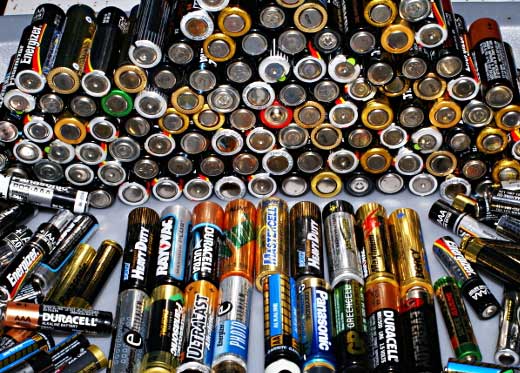If I had to guess, I’d say the last “desktop” PC I had left my office back in about 2013. For me, it’s been laptops all the way since. It’s not like I spend a lot of time out of the office, but the laptop form factor just makes sense today. The price isn’t terribly different between laptops and desktops, since most desktops just use the same components anyway. Pretty much the only thing you’re getting with a laptop is a keyboard and a display. Oh, yeah, and a battery. That’s the point of this article. Laptops have batteries. Desktops don’t. That wouldn’t be too much of a problem, except it kind of is.
Laptop batteries aren’t that good. Here’s why.
First of all, let’s separate out the two kinds of laptops out there. There are the slick thin ones like Microsoft’s Surface Pro. Then there are the rest, which are thicker, bulkier, and heavier. Those thin ones tend to have decent batteries and they’re designed with very power-efficient parts. They’re also pricey. Other laptops tend to have parts that use a lot of power and batteries that aren’t up to the task. This article is about those laptops.
First thing to know is that batteries are heavy. They’re often the heaviest part of a device. They also take up a lot of space, making laptops thicker. So, laptop makers will want to put the smallest battery possible in a laptop. That’s why a lot of laptops have two-hour battery life or less.
Second, your average laptop spends most of its life plugged in. This in itself isn’t bad, but until recently most laptops were designed to charge to 100% when plugged in. Leaving a battery charged to 100% shortens its life a lot, unless you use batteries specifically designed for that purpose. (They’re more expensive of course.) A laptop that spends most of its life charged to 100% can lose 3/4 of its battery life within two years.
It wouldn’t be such a problem except you can’t replace a laptop battery easily.
I have a 2016 laptop which I use as a backup. Its battery life at this point is about 35 minutes on a full charge. That’s down from about three hours when new, and most of that capacity disappeared by 2018. I can get a replacement battery for about $50, but I haven’t. According to YouTube, in order to replace the battery I have to remove a bunch of delicate components including the keyboard. I really doubt that would work.
In fact, I did try to replace a battery on an older laptop in much the same way. It kind of worked, I mean the new battery powered the thing. But it woudn’t charge unless I went into the BIOS first and then rebooted, so clearly there was some compatibility issue. I gave up and just stopped charging it. It’s AC-only now, that’s how I think of it.
It’s time to bring back replaceable batteries.
I get it. Making a battery replaceable means a thicker laptop. That battery needs to be encased in hard plastic, it needs a connector, all that stuff. But it’s worth it. If you concede that most laptops stay on the desk most of the time, then do you really care if it’s 1/4″ thicker? No you do not. What you care about is that when you do actually take the thing out of the office, you can use it. And I for one would love it if I could buy spare batteries and swap them in.
Yes, this is the same argument people make about cell phones. Those used to have replaceable batteries too. But there’s a reason you want cell phones to be small and light. You do actually take them with you all the time. And, you can power a cell phone with a power bank about the size of your finger if you want. A power bank that delivers the 50-200 watts used by laptops is going to be a pretty big thing to haul around.
So just make the batteries replaceable. In fact, here’s a better idea. Laptop makers can put in these tiny, light batteries that only power the computer for 20 minutes. That’s fine, and if you want a bigger battery you just buy it. I mean, big deal. Why is this so hard to fathom?





